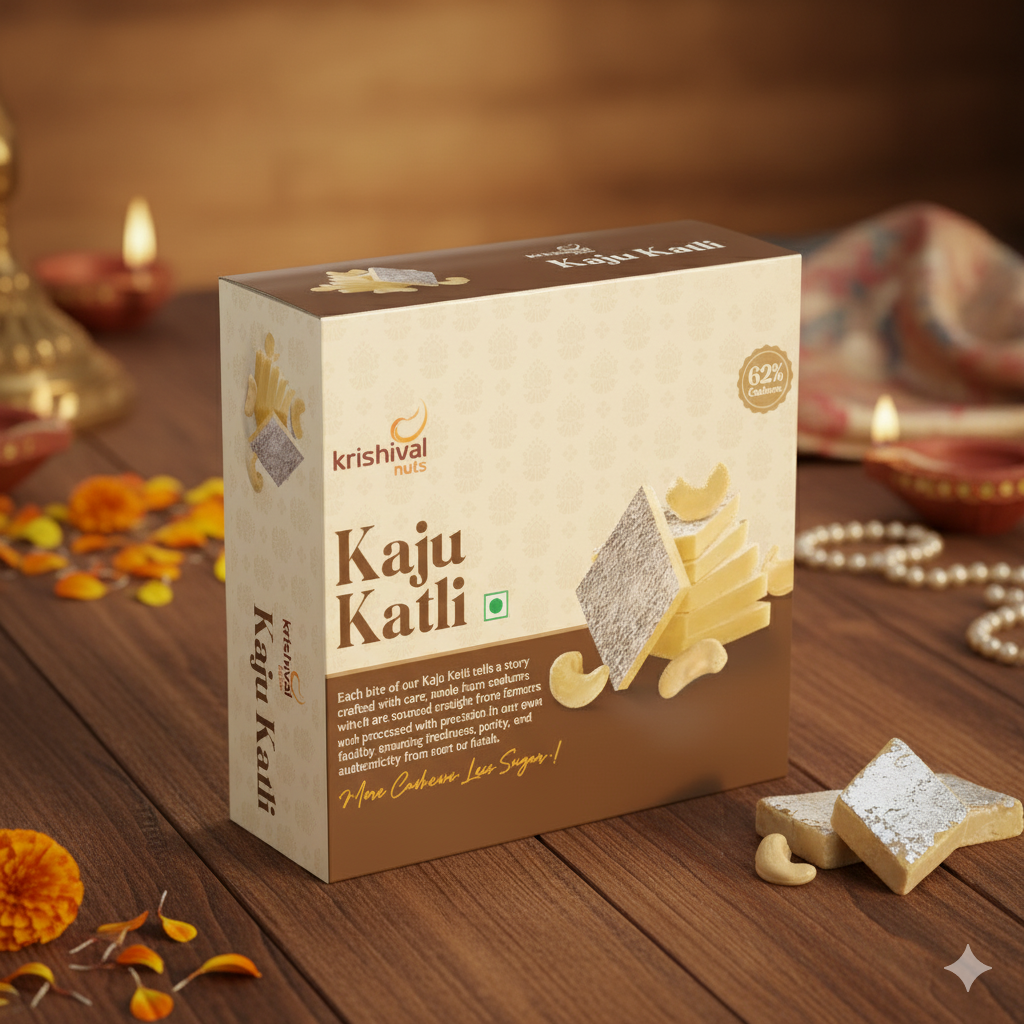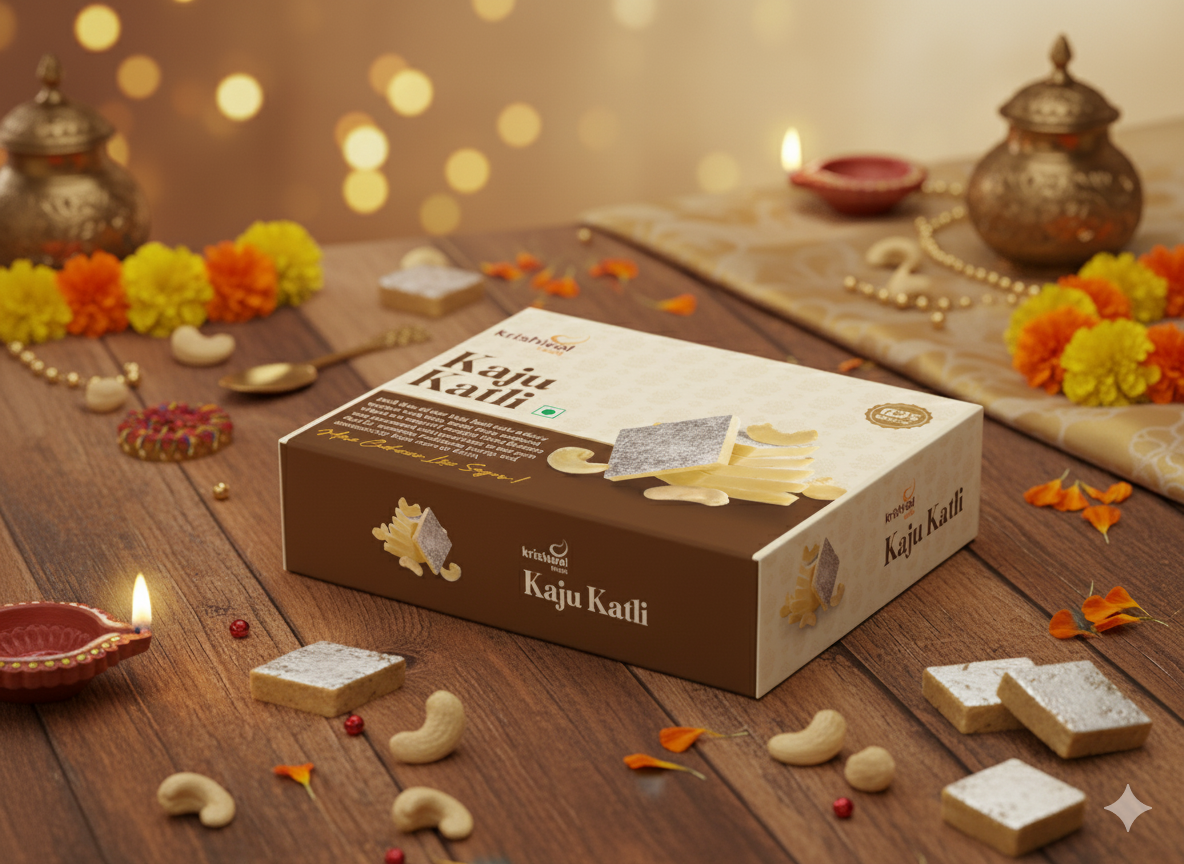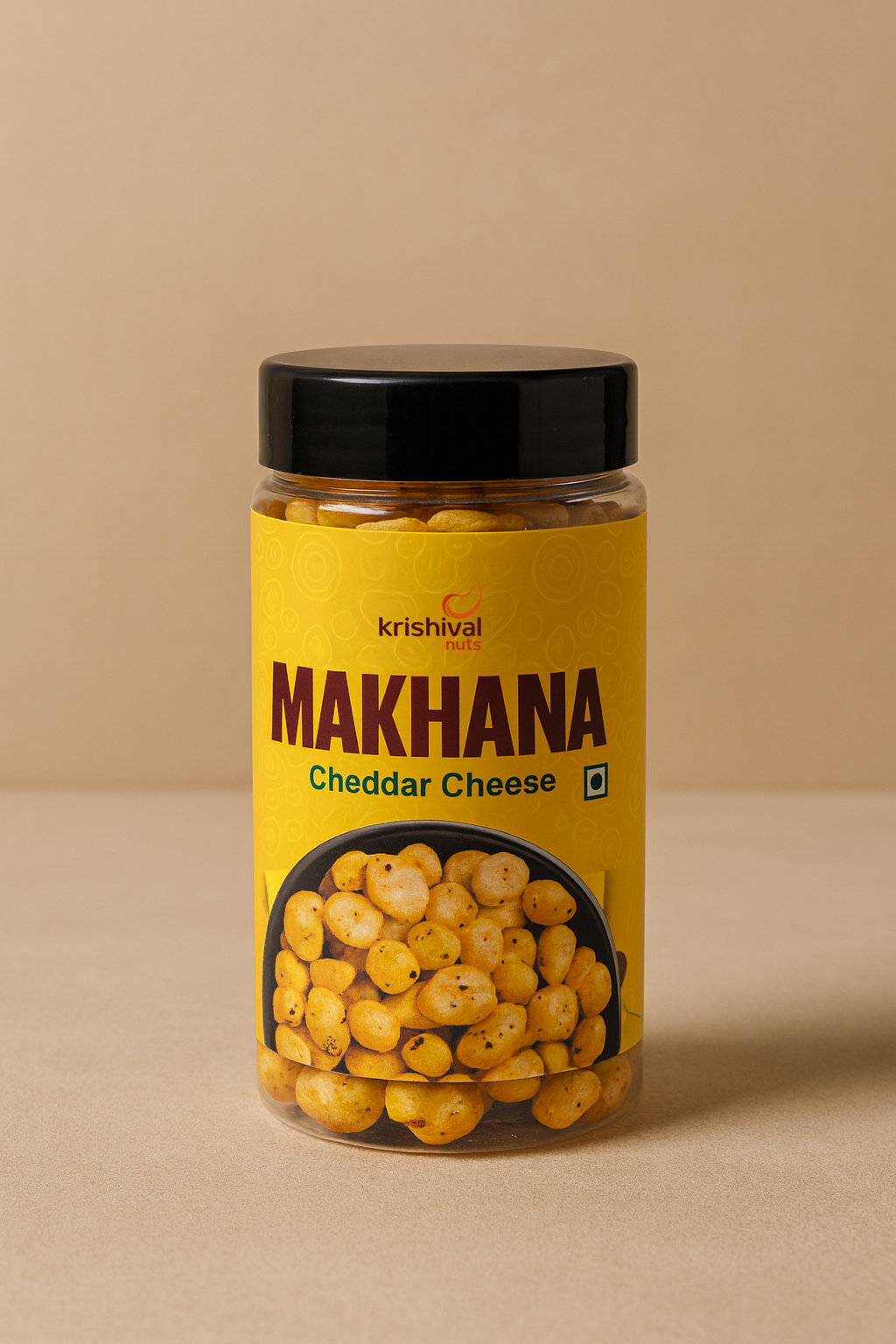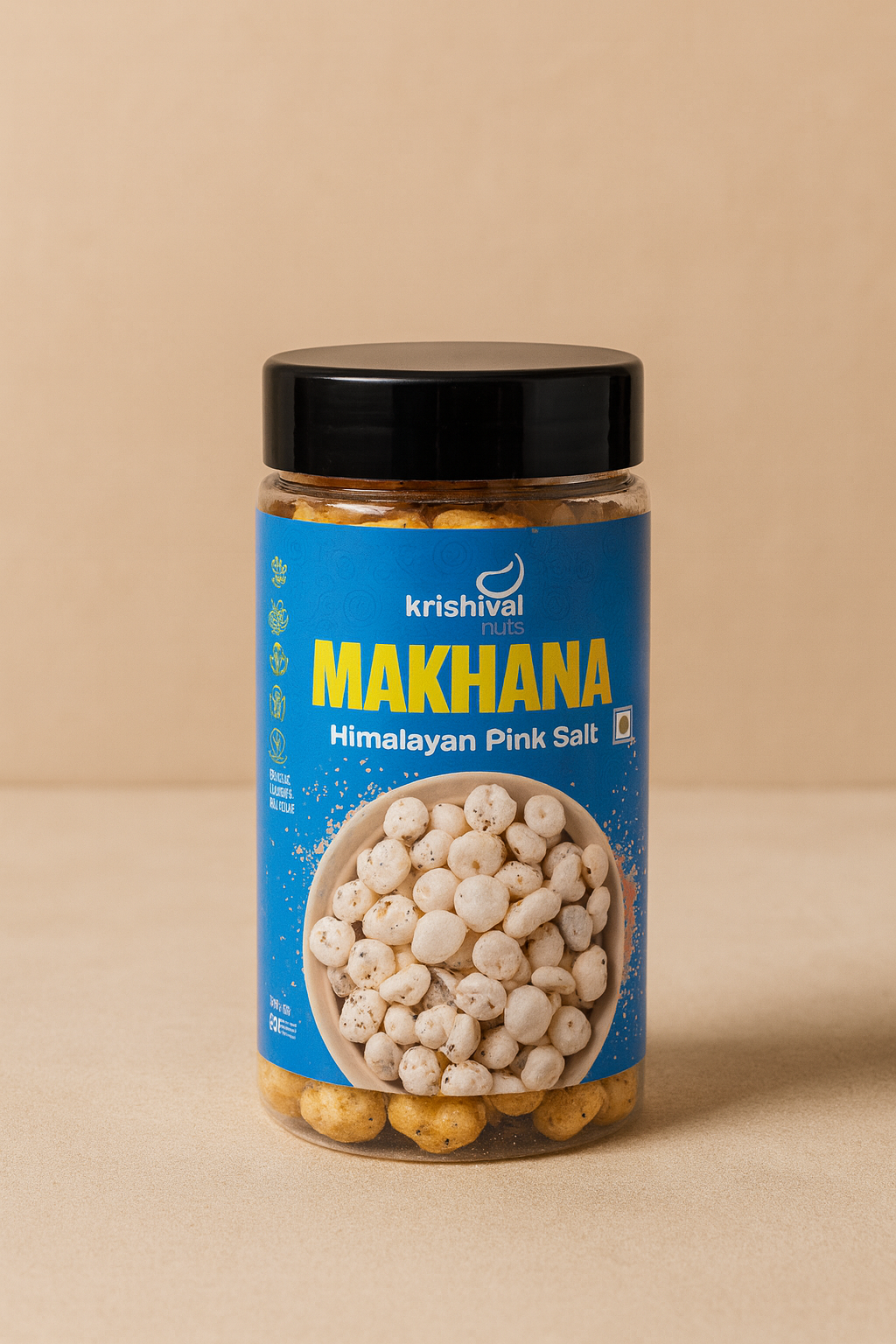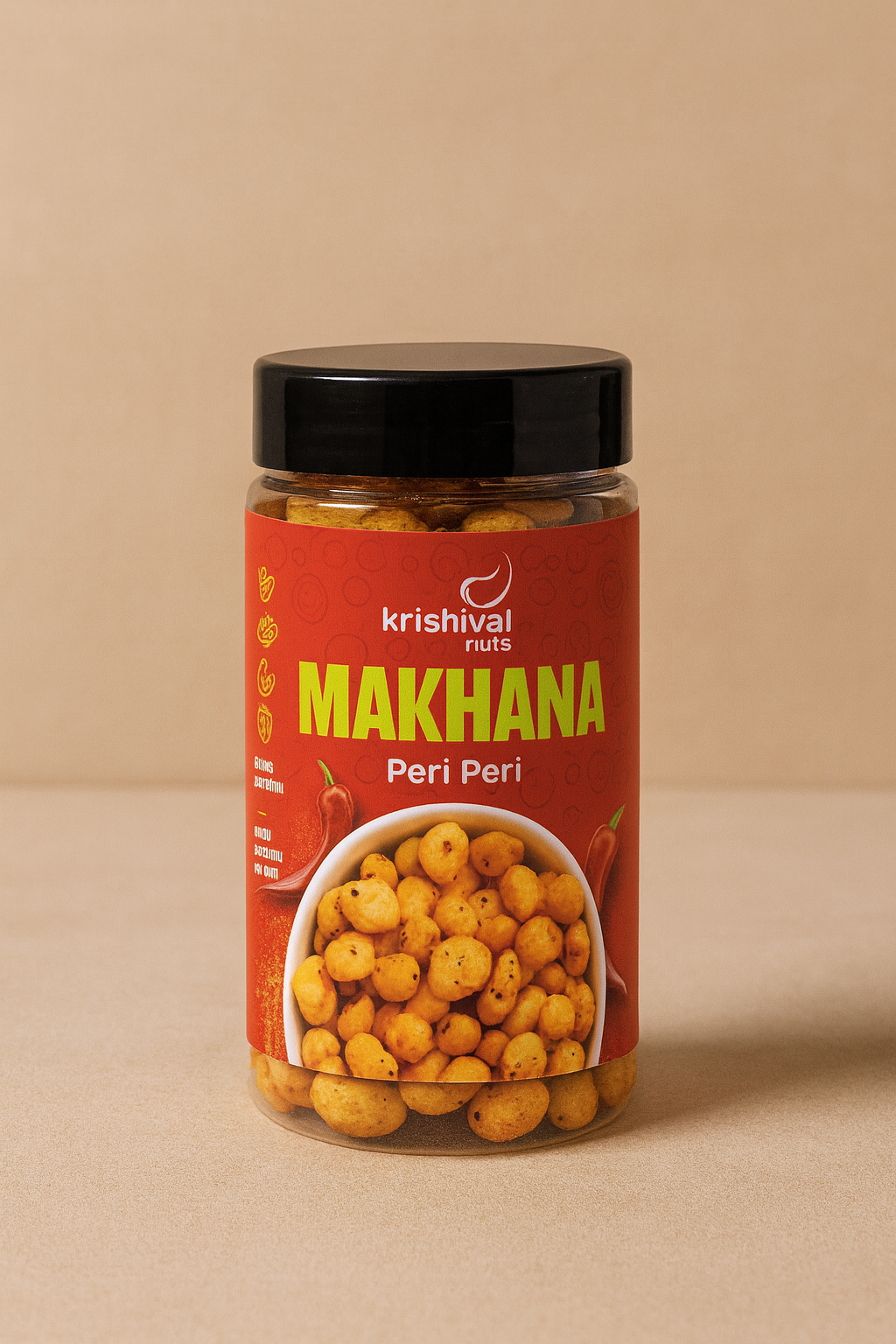Almonds and pistachios are among the most popular nuts consumed worldwide, valued for their rich nutritional profile, distinct flavor, and versatility in various culinary applications. Whether enjoyed as a snack, used in baking, or blended into smoothies, these nuts offer numerous health benefits, including improved heart health, better digestion, and enhanced cognitive function.
However, with the increasing demand for high-quality nuts, adulteration and counterfeit products have become a major concern in the market. Many vendors engage in unethical practices to enhance the appearance, weight, or shelf life of almonds and pistachios, often at the cost of consumer health and product authenticity.
Thus, it is essential to verify the authenticity of almonds and pistachios before purchasing to ensure that you are getting a genuine, high-quality product that is safe to consume.
Why Verifying the Authenticity of Almonds and Pistachios Is Essential
Ensuring the authenticity and purity of almonds and pistachios is crucial for several reasons:
1. Health and Safety Concerns
-
Adulterated nuts can pose serious health risks due to chemical contamination, artificial color additives, and exposure to fungal toxins.
-
Preservatives and synthetic treatments may trigger allergic reactions or digestive problems in sensitive individuals.
-
Improperly stored nuts are susceptible to aflatoxins, which are highly toxic compounds produced by certain molds. Long-term consumption of aflatoxins can lead to liver damage and increase the risk of cancer.
2. Maintaining Nutritional Integrity
-
Almonds and pistachios are rich sources of protein, healthy fats, fiber, and essential vitamins (such as Vitamin E and B-complex vitamins).
-
Low-quality or chemically treated nuts lose their nutritional value over time, depriving consumers of the expected health benefits.
-
Oxidation and rancidity reduce the potency of antioxidants and healthy fats, making the nuts less beneficial for heart and brain health.
3. Preserving Natural Taste and Freshness
-
Authentic almonds should have a slightly sweet, nutty flavor with a firm and crunchy texture. Bitter, stale, or rubbery almonds indicate spoilage or contamination.
-
Pistachios should be lightly salty or naturally sweet, with a firm, crisp texture. Soft or chewy pistachios are likely stale or adulterated.
-
Artificially dyed pistachios may taste metallic or overly salty, a sign of chemical enhancement.
4. Avoiding Financial Loss & Ensuring Value for Money
-
Many consumers pay a premium price for branded, high-quality almonds and pistachios, only to receive inferior, adulterated, or old stock.
-
Some sellers mix fresh nuts with older, lower-quality batches to clear out inventory while charging full price.
-
Verifying authenticity ensures that you are getting the quality you pay for, without unnecessary additives or fraudulent practices.
Common Adulteration and Quality Issues in the Market
With rising consumer demand, the adulteration of nuts has become a widespread issue. Many vendors use artificial techniques to improve the appearance, increase weight, or extend the shelf life of almonds and pistachios, often at the cost of consumer safety. Below are some of the most common fraudulent practices in the industry:
Artificial Coloring & Dyeing
-
Some vendors coat pistachios with synthetic dyes to make them appear more vibrant. This is especially common with bright red or neon-green pistachios, which may contain harmful artificial colors.
-
Almonds may be treated with red ochre (lal mitti) to give them a fresh, uniform look. This practice is not only deceptive but also potentially harmful, as the ochre may contain chemical contaminants or heavy metals.
Polishing & Chemical Treatments
-
Low-quality almonds and pistachios are sometimes polished with oil, wax, or synthetic chemicals to enhance their shine and make them look fresher than they actually are.
-
These polishing agents can be harmful if consumed in large quantities, as they may contain industrial-grade chemicals rather than food-safe substances.
Mixing Old & Fresh Nuts
-
Some retailers blend stale or rancid nuts with fresh batches to clear out old inventory.
-
Since rancid nuts may not always look different, unsuspecting consumers might not realize the degradation in quality until they experience bitter taste, off-putting aroma, or digestive discomfort.
Moisture Manipulation & Weight Enhancement
-
Some sellers add moisture to almonds and pistachios to increase their weight artificially.
-
This practice reduces shelf life, as excess moisture makes nuts prone to mold and bacterial contamination.
-
Moisturized nuts often lose their crunchiness quickly and develop an unpleasant, musty odor over time.
Use of Hidden Preservatives & Chemicals
-
Some non-organic nuts are treated with sulfites and chemical preservatives to prolong shelf life and maintain appearance.
-
These additives can cause allergic reactions, digestive issues, and long-term health concerns for sensitive individuals.
What This Guide Will Cover
To help consumers make informed decisions when purchasing almonds and pistachios, this guide will provide a comprehensive approach to verifying authenticity and quality. Below are the key topics that will be covered:
1. How to Inspect Almonds and Pistachios for Quality
-
Visual Inspection: Identifying natural vs. artificially treated almonds and pistachios.
-
Physical Tests: Simple at-home tests to detect stale or adulterated nuts.
-
Smell and Taste Clues: Identifying rancid or contaminated nuts through sensory tests.
2. How to Detect Adulteration in Almonds and Pistachios
-
Water Test for Almonds: Checking for artificially treated or spoiled almonds.
-
Rub Test for Red Ochre in Almonds: Detecting synthetic coloring.
-
Dye Test for Pistachios: How to check for artificial color coatings.
3. How to Read Packaging Labels and Certifications
-
Understanding Organic & Non-GMO Labels: What to look for in USDA Organic, EU Organic, and FSSAI-certified products.
-
Identifying Authentic vs. Fake Packaging: How to verify batch numbers, manufacturing details, and expiration dates.
-
Why Expiry Dates Matter: How to assess the freshness of packaged nuts.
4. Best Storage Practices for Long-Term Freshness
-
How to Store Almonds & Pistachios to Prevent Spoilage.
-
Ideal Temperature and Humidity Conditions for nut preservation.
-
Why Refrigeration Helps Extend Shelf Life.
Why Fake or Adulterated Nuts Are a Concern
The growing demand for premium-quality almonds and pistachios has led to a surge in food fraud and adulteration in the market. Many unscrupulous sellers engage in unethical practices to enhance the appearance, weight, and shelf life of nuts at the cost of consumer health and product quality. While these alterations may seem harmless at first glance, consuming adulterated or fake nuts can lead to serious health risks and degrade the nutritional value of these highly beneficial foods.
Health Risks of Consuming Adulterated Almonds and Pistachios
1. Exposure to Toxic Chemicals
-
Some vendors use artificial dyes, preservatives, and chemical coatings to improve the appearance of nuts. These chemicals can be toxic when consumed regularly, leading to digestive issues, liver damage, and allergic reactions.
-
Examples of harmful additives:
-
Lead chromate (used for coloring) can cause kidney damage and neurological disorders.
-
Sulfur dioxide and other preservatives may trigger asthma, headaches, and skin irritation.
2. Risk of Aflatoxin Contamination
-
Aflatoxins are toxic compounds produced by mold and fungi that develop when nuts are stored improperly or mixed with old, low-quality batches.
-
Long-term aflatoxin exposure is linked to liver cancer, immune suppression, and gastrointestinal distress.
3. Digestive & Metabolic Issues
-
Many adulterated almonds and pistachios are treated with synthetic wax, mineral oil, or non-food-grade preservatives to extend shelf life. These substances can:
-
Disrupt digestion and cause bloating, nausea, or stomach pain.
-
Interfere with nutrient absorption, leading to deficiencies over time.
4. Increased Risk of Food Poisoning
-
Fake or adulterated nuts are often stored under poor conditions, leading to bacterial contamination. Consuming these nuts may result in:
-
Food poisoning symptoms like vomiting, diarrhea, and fever.
-
Potential long-term health risks, especially in individuals with weaker immune systems.
How Food Fraud Impacts Taste, Nutrition, and Safety
1. Loss of Natural Flavor & Freshness
-
High-quality almonds and pistachios have a distinct nutty flavor and crunch. Adulterated nuts often:
-
Taste bland, excessively salty, or bitter due to chemical processing.
-
Lose their natural aroma and may develop a musty or sour smell.
2. Reduced Nutritional Value
-
Almonds and pistachios are rich in healthy fats, vitamins, and antioxidants. However, fake or chemically treated nuts may:
-
Lose essential nutrients due to oxidation and improper processing.
-
Contain excess moisture, which accelerates spoilage and mold growth.
3. Increased Risk of Long-Term Health Issues
-
Regular consumption of adulterated nuts can contribute to:
-
Toxin accumulation in the body, leading to liver and kidney damage.
-
Hormonal imbalances caused by synthetic chemicals.
Examples of Common Fraudulent Practices in Almonds & Pistachios

Tips to Verify Almond Authenticity
Ensuring the authenticity of almonds before purchasing is crucial for both health and taste. Adulterated or low-quality almonds may contain artificial coloring, chemical treatments, or even rancid oils, which can lead to potential health risks. Below are practical methods to verify almond authenticity.
4.1. Visual Inspection
A quick visual check is one of the easiest ways to assess almond quality.
-
Color & Surface Texture
-
Authentic almonds have a light brown, uniform color with no artificial shine.
-
Overly glossy almonds might be treated with mineral oil or other polishing agents to enhance appearance.
-
Avoid almonds with dark spots or discoloration, as these can indicate mold growth or poor processing conditions.
-
Size Consistency
-
High-quality almonds maintain a consistent size and shape.
-
If the batch contains a mix of large and very small almonds, it could indicate a lower-grade product or an adulterated batch mixed with different varieties.
4.2. Physical Tests
Almonds should have a firm and crunchy texture. Certain physical tests can help determine their quality.
-
Texture & Firmness
-
Hold an almond between your fingers and apply slight pressure.
-
Fresh almonds should feel firm and not easily break apart.
-
If an almond feels soft, rubbery, or excessively dry, it may be stale or rancid.
-
Water Test
-
Fill a glass of water and drop a few almonds into it.
-
Authentic, good-quality almonds will sink due to their natural oil content.
-
Low-quality or spoiled almonds tend to float, as they may have hollow interiors or air pockets from aging or insect damage.
4.3. Smell & Taste Test
Fresh almonds have a distinct nutty aroma and slightly sweet flavor. If anything seems off, the almonds may be spoiled or adulterated.
-
Natural Aroma
-
Take a handful of almonds and sniff them closely.
-
Fresh almonds have a mild, nutty fragrance.
-
If they smell sour, musty, or rancid, this indicates oxidation, meaning the almonds have gone bad.
-
Taste Clues
-
Bite into an almond and notice the flavor.
-
Fresh almonds should taste slightly sweet and crunchy.
-
If the almonds taste bitter, soapy, or unusually acidic, they may contain rancid oils or natural toxins.
-
Bitter almonds should not be consumed, as some naturally contain amygdalin, a compound that can produce hydrogen cyanide in the body.
4.4. Adulteration Detection
Food fraud involving almonds is common in local markets, where artificial coloring or chemical treatments are used to enhance appearance. Simple home tests can help detect adulteration.
-
Red Ochre Test (Artificial Coloring Check)
-
Rub 10–15 almonds between your palms for 30 seconds.
-
If your hands develop a red or orange tint, the almonds may be coated with red ochre (a clay pigment) to enhance appearance.
-
Such treatments are not safe for consumption and indicate low-quality almonds.
-
Chemical Residue Check
-
High-quality almonds have a slightly rough texture due to natural skin.
-
If the almonds feel excessively smooth or oily, they may have been treated with mineral oil or chemical glossing agents.
-
Why does this matter? These chemicals are added to improve shelf life but can be harmful if consumed in excess.
4.5. Packaging & Label Check
Reading the packaging details can help ensure that the almonds are safe and authentic.
-
Look for Trusted Brands & Certifications
-
Check for FSSAI (India), USDA Organic (USA), EU Organic, or Non-GMO labels.
-
Certified products go through stringent quality checks and are less likely to be adulterated.
-
Be wary of fake certifications—verify them through official online databases.
-
Check Expiry Dates & Batch Numbers
-
Always check the manufacturing date, best-before date, and batch number.
-
Avoid buying almonds with faded or unclear expiry dates, as they may be repackaged old stock.
-
Avoid Open Bulk Purchases
-
Almonds sold in open containers (without sealed packaging) are more likely to be contaminated with dust, mold, or insects.
-
Choose vacuum-sealed or airtight packaging to ensure freshness.
General Tips for Both Almonds & Pistachios
When purchasing almonds and pistachios, ensuring authenticity and freshness is crucial. Here are some general guidelines to help you make informed buying decisions and maintain the quality of your nuts.
1. Always Buy from Trusted Retailers and Reputed Brands
The best way to avoid counterfeit or low-quality nuts is to purchase from well-known brands and authorized retailers. Trusted suppliers follow strict quality control standards, ensuring that their products are:
-
Properly processed and free from harmful additives.
-
Stored under optimal conditions to prevent spoilage.
-
Clearly labeled with expiry dates and certification details.
Buying from unverified local vendors or online marketplaces with no quality assurance increases the risk of adulteration, stale products, or contamination.
2. Prefer Vacuum-Sealed or Airtight Packaging to Maintain Freshness
Nuts are highly prone to oxidation, which can cause them to become rancid over time. Opting for vacuum-sealed or airtight packaging helps in:
-
Preventing exposure to moisture and air, which accelerates spoilage.
-
Maintaining natural oil content to preserve flavor and texture.
-
Extending shelf life by reducing oxidation and microbial growth.
If purchasing in bulk, transfer the nuts to an airtight container immediately after opening to maintain their freshness.
3. Store in Cool, Dry Places (Refrigeration Recommended for Long-Term Storage)
Proper storage is essential to preserve the natural taste, texture, and nutritional value of almonds and pistachios. Here’s how to store them based on duration:
-
Short-Term (1-3 Months): Store in a cool, dry place (pantry or kitchen cabinet) away from direct sunlight.
-
Medium-Term (3-6 Months): Keep nuts in an airtight container in the refrigerator to slow down oxidation.
-
Long-Term (6-12 Months+): For extended storage, freeze almonds and pistachios in an airtight bag. Freezing prevents rancidity and retains their crunch.
Pro Tip: Always store nuts away from strong-smelling foods, as they can absorb odors easily.
4. Look for Organic, Non-GMO, and Certified Quality Labels
Certified nuts undergo rigorous quality and safety checks to ensure purity. When purchasing almonds and pistachios, look for:
-
Organic Certification: USDA Organic, EU Organic, or India Organic labels indicate that the nuts are free from synthetic pesticides and harmful chemicals.
-
Non-GMO Certification: Ensures that the nuts are not genetically modified, preserving their natural quality.
-
FSSAI (India), FDA (USA), or EU Food Safety Approvals: Confirms that the nuts meet food safety regulations and quality standards.
Warning: Some brands falsely claim to be "organic" or "non-GMO." Always verify certification numbers on official regulatory websites before purchasing.
5. Opt for Whole Nuts Instead of Processed or Flavored Varieties
While flavored or processed nuts may seem tempting, they often contain:
-
Artificial preservatives to extend shelf life.
-
Excessive salt, sugar, or flavoring agents that mask poor-quality nuts.
-
Lower nutritional value compared to whole, unprocessed nuts.
Whole almonds and pistachios are less likely to be tampered with and provide better freshness, texture, and health benefits. If you prefer flavored nuts, consider seasoning them at home to control ingredients and quality.
Final Takeaway
To ensure you’re getting the best-quality almonds and pistachios:
Purchase from trusted brands and reputable retailers.
Prefer vacuum-sealed or airtight packaging for longer freshness.
Store in cool, dry places or refrigerate for long-term preservation.
Look for organic, non-GMO, and certified labels to ensure quality.
Choose whole nuts over processed ones for better health benefits and authenticity.
By following these simple tips, you can enjoy fresh, nutritious, and high-quality nuts while avoiding the risks of adulteration or spoilage.
Conclusion
Ensuring the authenticity of almonds and pistachios is crucial for maintaining their nutritional value, taste, and overall health benefits. By following simple checks like examining color, texture, aroma, and conducting tests such as the water test or rub test for artificial coloring, consumers can avoid adulterated or low-quality nuts. Prioritizing trusted brands like Krishival, which adhere to strict quality standards and provide clear certification labels, ensures you get premium, unadulterated products. Always opt for airtight packaging, verify certification authenticity, and store nuts properly to extend their freshness. Making smart purchasing decisions not only enhances your eating experience but also safeguards against health risks associated with chemically treated or expired products.
FAQs
Q1. How can I visually identify authentic almonds?
Authentic almonds have a light brown, uniform color with a slightly rough surface. Avoid almonds that are unnaturally shiny or have dark spots, as these may be polished with artificial chemicals or affected by mold. Additionally, premium almonds are typically consistent in size and shape, while lower-quality or adulterated almonds may appear irregular.
2. What is the water test for checking almond authenticity?
The water test helps identify bad or adulterated almonds. Simply place a few almonds in a bowl of water:
-
Authentic almonds sink to the bottom due to their proper density and oil content.
-
Bad almonds float because they may be hollow, spoiled, or old.
If the almonds turn the water cloudy or release color, they might be chemically treated.
3. How can I check if almonds have been treated with artificial color?
Rub 10–15 almonds between your palms for about 30 seconds. If your hands turn red or yellow, it indicates the presence of red ochre or chemical dyes, which are used to enhance their appearance. These chemicals can be harmful if consumed regularly. Genuine almonds will not leave any color stains on your hands.
4. How can I tell if pistachios are artificially dyed?
Pistachios should have a natural beige shell with a light green kernel inside. If the shells appear unnaturally bright or yellow, they may be artificially dyed to enhance visual appeal. To test, rub the shells with a damp cloth—if color rubs off, they are chemically treated. Opt for naturally colored pistachios to avoid potential health risks.
5. What are the key taste and aroma indicators for fresh almonds and pistachios?
-
Fresh almonds should taste mildly sweet and crunchy. If they taste bitter, sour, or have an unusual aftertaste, they may be rancid or of poor quality.
-
Fresh pistachios have a slightly sweet, nutty flavor with a rich aroma. If they taste too bitter or musty, they could be stale or stored improperly.
-
Avoid nuts with a strong chemical smell, as it may indicate contamination with preservatives or fumigants.
6. How does packaging affect the authenticity and quality of nuts?
Good packaging preserves freshness and authenticity. Look for almonds and pistachios that are:
-
Sealed in airtight packaging (vacuum-sealed or nitrogen-flushed pouches are best).
-
Labeled with a clear manufacturing and expiry date to ensure freshness.
-
From a reputable brand with certification labels (FSSAI, USDA Organic, EU Organic, Non-GMO).
-
Avoid nuts sold loose in open bins at stores, as they are more likely to be contaminated or mixed with lower-quality varieties.
7. What are the common adulterants found in almonds and pistachios?
Some common adulterants found in nuts include:
-
Artificial coloring (red ochre, turmeric powder, synthetic yellow dye) to make them look more appealing.
-
Polishing agents that give almonds an unnatural shine.
-
Inferior or old nuts mixed with fresh ones to increase weight and profit.
-
Chemical fumigation to artificially extend shelf life.
-
Low-quality nuts repackaged with misleading labels to pass them off as premium-grade products.
8. How do I check for hidden mold or rancidity in almonds and pistachios?
-
Look for white or green spots on the surface, which indicate mold growth.
-
Smell the nuts closely—a musty, sour, or pungent odor is a sign of rancidity.
-
Taste a small piece—if it tastes bitter, soapy, or stale, the nuts have likely gone bad.
-
Avoid soft or mushy nuts, as they may have absorbed moisture and started deteriorating.
9. Should I prefer organic-certified almonds and pistachios?
Yes, organic-certified nuts are free from synthetic pesticides, artificial coloring, and harmful preservatives. Look for certification labels like:
-
USDA Organic (USA)
-
India Organic (Jaivik Bharat)
-
EU Organic
-
Non-GMO Project Verified
These certifications ensure that the nuts have been grown and processed without harmful chemicals, making them a safer and more authentic choice.
10. Where is the best place to buy authentic almonds and pistachios?
To ensure quality and authenticity, buy from:
-
Trusted supermarkets or specialty stores that source nuts from reputed suppliers.
-
Certified online marketplaces that list verified brands with detailed descriptions.
-
Organic stores that sell nuts with proper certification labels.
-
Wholesale dry fruit stores with a track record of selling premium-quality nuts.
Avoid buying from unverified roadside vendors or markets where the nuts are stored in open, unhygienic conditions.




